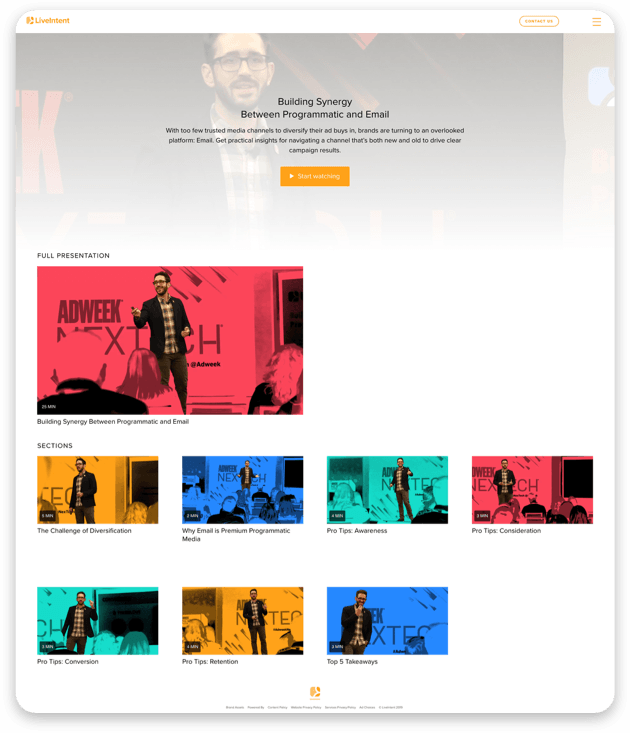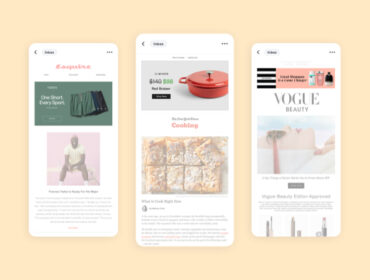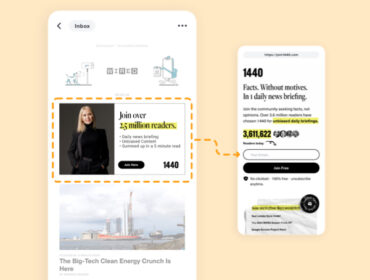Nick Dujnic Q&A: Building Synergy Between Programmatic and Email
Nick Dujnic, LiveIntent’s Vice President of Marketing, revealed to the crowd at Adweek NexTech a surprising fact: many marketers don’t realize email is premium programmatic media they can buy on the basis of audience and performance.
He followed with another stunner: Chances are many in the crowd already programmatically buy native and display ads in email and just don’t know it.
Yet, as Dujnic explained in his presentation, “Building Synergy Between Programmatic and Email,” the channel is an extremely valuable one. Below, we ask him to delve into some of the key insights he shared at NexTech.
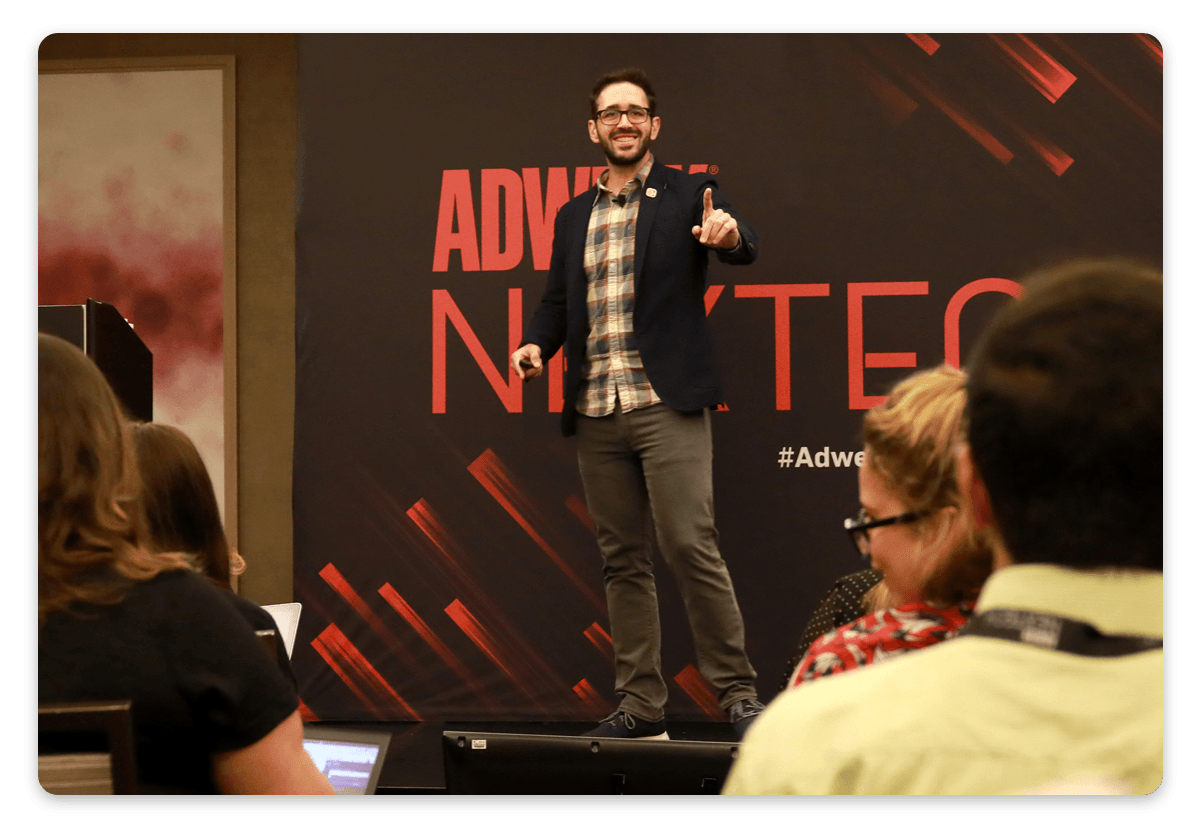
How can buyers determine if they’re already buying email media programmatically, and why is it so important to know?
They should ask their trading desk, agency, or DSP, “Are we buying email inventory? And if so, are we set up properly?” If you’re not aware you’re buying email and you’re setting it up just like you would a web display buy, you might not be seeing the performance you think you should be seeing or understanding the return you’re getting or bidding on it properly.
What makes email media different from web ads?
The biggest difference is email is not a super-friendly environment for JavaScript. So that means ad formats that rely on JavaScript don’t really function within email. That actually makes email a cleaner and less intrusive ad experience for the end user.
Also, email is not inherently a cookie-friendly environment. That’s an advantage because now you see programmatic platforms trying to figure out how to survive in a world where cookies are no longer a dependable means of valuing and buying audiences.
How do these distinctions affect attribution for email campaigns?
Attribution has to be measured a little bit differently. If you’re using a JavaScript or a third-party, cookie-based attribution platform, you’re going to see some holes. You might not be tracking as many of the actual conversions, and we might see different results. So we work really closely with our advertising partners to make sure they’re understanding the full value of what our inventory can drive.
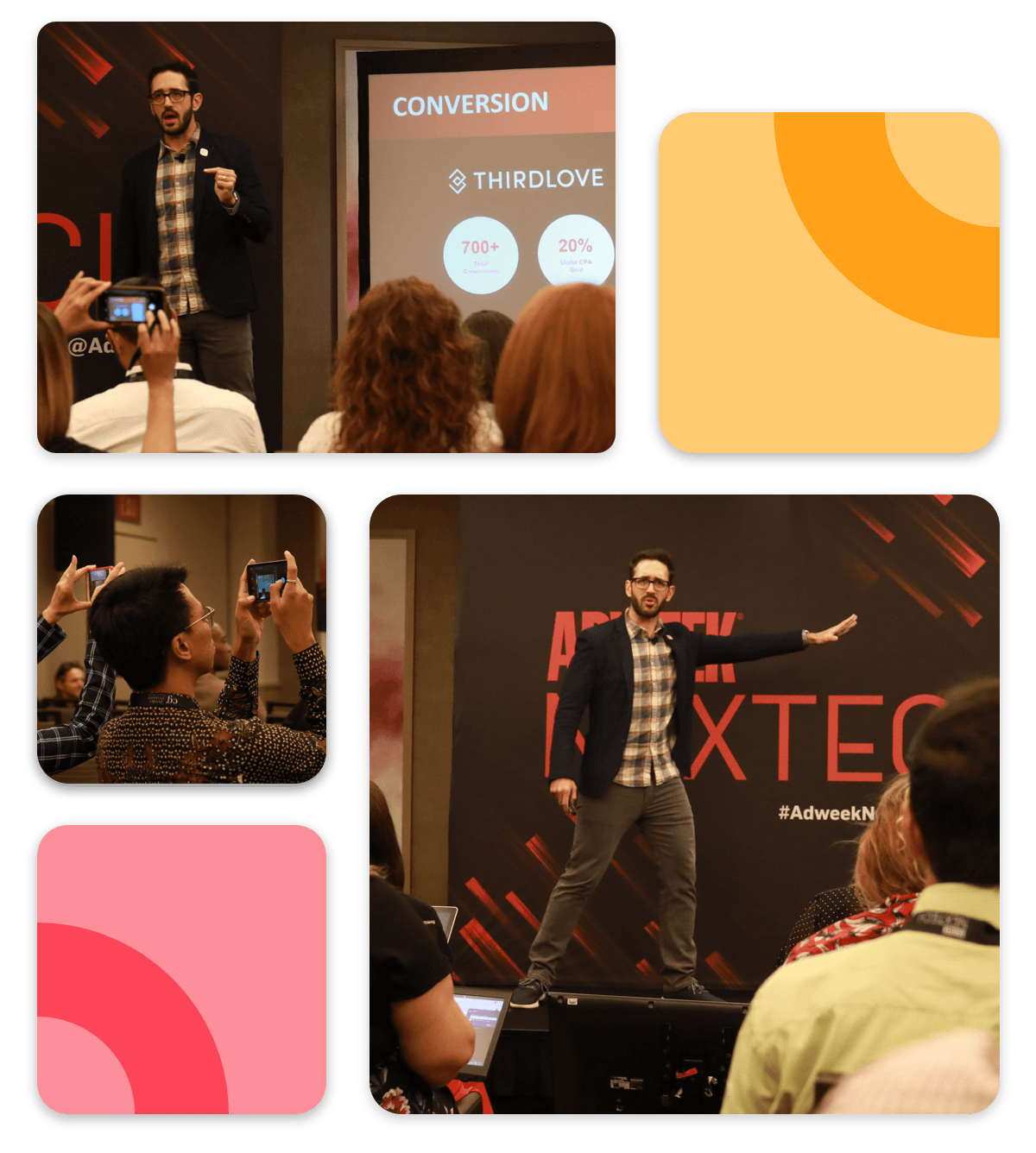
What kind of attribution does LiveIntent offer?
If you have somebody who’s converted on your website, you can give us the hashed version of their email address and we can actually tell you with great confidence exactly what emails they opened, the device they were on when they opened it, and how many impressions they saw prior to that actual conversion timestamp.
Since we’re doing that on a hash basis, not on a cookie basis, it’s a far more deterministic measurement method. Then we can help you figure out how that calculates into your effective cost per acquisition so you’re getting a more accurate understanding of the real cost.
What are some examples of how marketers can leverage first-party data for email campaigns?
It can be used for segmenting at any stage of the funnel. If you want to specifically target a segment for awareness around a new product, you can reach them in as many places as possible, as many times as possible.
For acquisition, you can do exclusion or suppression to ensure you’re not wasting your acquisition budget on somebody you already have in your database.
You can also build lookalike audiences based on people in a similar demographic and create what we call “act alike” audiences who have the same behavioral patterns as the groups who are showing the best performance.
And from a conversion standpoint, you can target people who haven’t made a second purchase and drive a really efficient campaign.
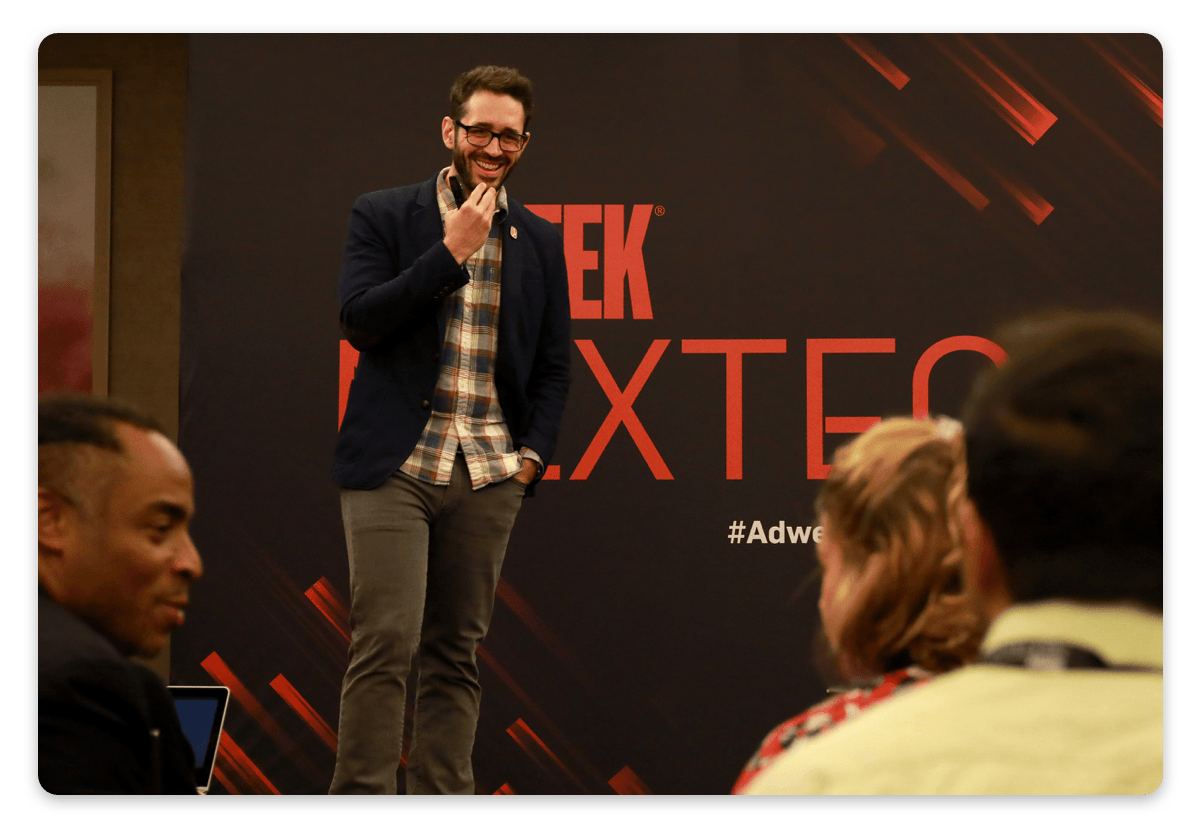
You mentioned LiveIntent can match up primary email addresses to secondary and tertiary addresses. How does this ability help marketers drive performance down the funnel?
Many people have a specific email address they create just to sign up for offers, but they will likely sign up for a newsletter they actually want to read with their primary address. Meanwhile, since we’re serving impressions to 250 million hashed email addresses every month, we see opens from a variety of addresses.
While we might just see that deals-only email address once or twice, if we see it on the same device that we’ve seen another hashed email address on nine times or so, we can say with a great amount of likelihood that the latter is the one you should be targeting. We can then use it to run either retargeting or some sort of media buy against an audience.
Any final words of wisdom?
Anytime you’re thinking about running an email campaign, you should be thinking “mobile first.” The majority of first impressions happen on a mobile device – email is just a highly mobile medium.
Want to learn more? Watch Nick’s presentation now.
